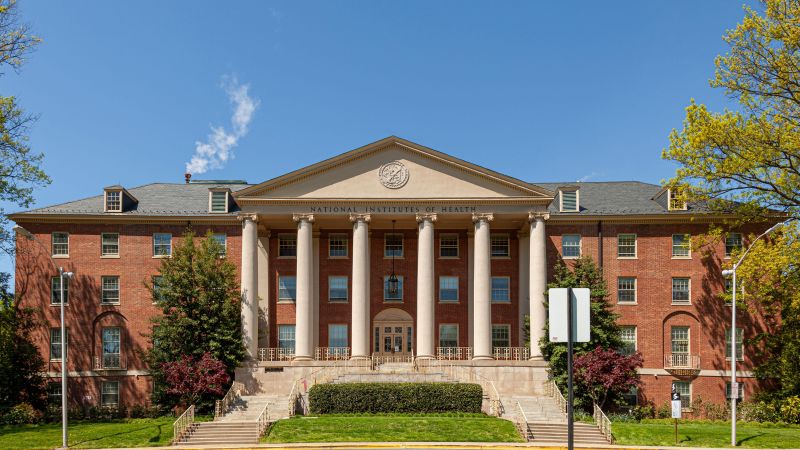The recent decision by the U.S. National Institutes of Health (NIH) to significantly reduce the maximum allowable “indirect cost rate” that research institutions can claim has stirred considerable concern within the scientific community. Announced late on Friday, this policy shift, which now caps indirect costs at 15%, diverges sharply from the previous average of around 30% and could have dire implications for America’s standing as a global leader in research.
Indirect costs are essential for research institutions as they cover a range of necessary infrastructure expenses, including facilities, maintenance, and security. Throughout 2023, the NIH allocated over $35 billion to nearly 50,000 competitive grants benefiting around 300,000 researchers across more than 2,500 institutions, including universities and medical schools. Of this funding, approximately $9 billion was designated for overhead through the indirect cost rate. This substantial reduction in funding availability is likened to slashing one of the most vital funding sources for universities by more than 75%, potentially crippling their operational capabilities.
The agency defended this policy as a means to align government-funded indirect costs with those paid by private foundations, which typically operate on lower rates. Notably, the Gates Foundation has an indirect cost rate of only 10%, while the Carnegie Corporation and John Templeton Foundation adopt a 15% rate. However, many researchers argue that this abrupt change undermines the underpinning infrastructure necessary for innovative breakthroughs in medical research, thereby threatening the country’s stature in the global research landscape.
Experts from prestigious institutions like Yale University emphasize that research cannot thrive solely on scientific expertise and equipment; it necessitates a robust support system. Dr. Harlan Krumholz, a professor at Yale, argued that without adequate coverage for overhead costs, research institutions would struggle to uphold the very frameworks that facilitate groundbreaking medical advancements. Meanwhile, Dr. Carl Bergstrom from the University of Washington voiced concerns that this new policy could lead to severe financial shortfalls for large institutions, amounting to hundreds of millions of dollars.
The ramifications of the NIH’s decision extend beyond financial to ethical considerations regarding public health and future research opportunities. Dr. Theodore Iwashyna, a professor at Johns Hopkins University, critiqued the move as “a disastrously bad idea,” noting that it would directly hinder funding for private foundations, which often rely on NIH support for infrastructure funding. This systemic impact could delay advancements in medical discoveries, ultimately affecting population health and resulting in a lower quality of life for future generations.
Prominent researchers, including Dr. Ned Sharpless, former director of the National Cancer Institute, acknowledged the crucial need for reevaluation of indirect costs but emphasized that the consequences of the new policy would significantly vary across institutions, particularly affecting private research entities with high facility costs. To counteract this dramatic shift in funding policy, institutions are expected to rally against the changes, seeking to restore their previous funding arrangements to maintain their research capabilities.
Senator Patty Murray from Washington responded critically, claiming that the new indirect cost rate is illegal according to the Labor-HHS-Education Appropriations Bill. She asserts that this funding is crucial for facilitating breakthroughs that enhance public health, prepare for future pandemics, and maintain America’s leadership in biomedical research sectors. Remarkably, this policy change appears to echo unsuccessful previous attempts from the Trump administration to cap indirect costs, a long-standing challenge that underscores the complexities of funding policies for research infrastructures.
The change is met with apprehension not only from the scientific community but also from legislators who recognize the implications for America’s health economy and its capacity to respond to global health challenges. The collective concerns reflect a call to action to address and rectify a policy that could reverse years of investment in research and development, ultimately affecting health outcomes and economic opportunities for future generations.
In summary, the NIH’s recent policy adjustment presents significant challenges that threaten not just the research institutions, but the entire American health ecosystem. The balance of grant funding, infrastructure maintenance, and the support for scientific exploration must be reconsidered to preserve the pioneering spirit of American research capabilities.



